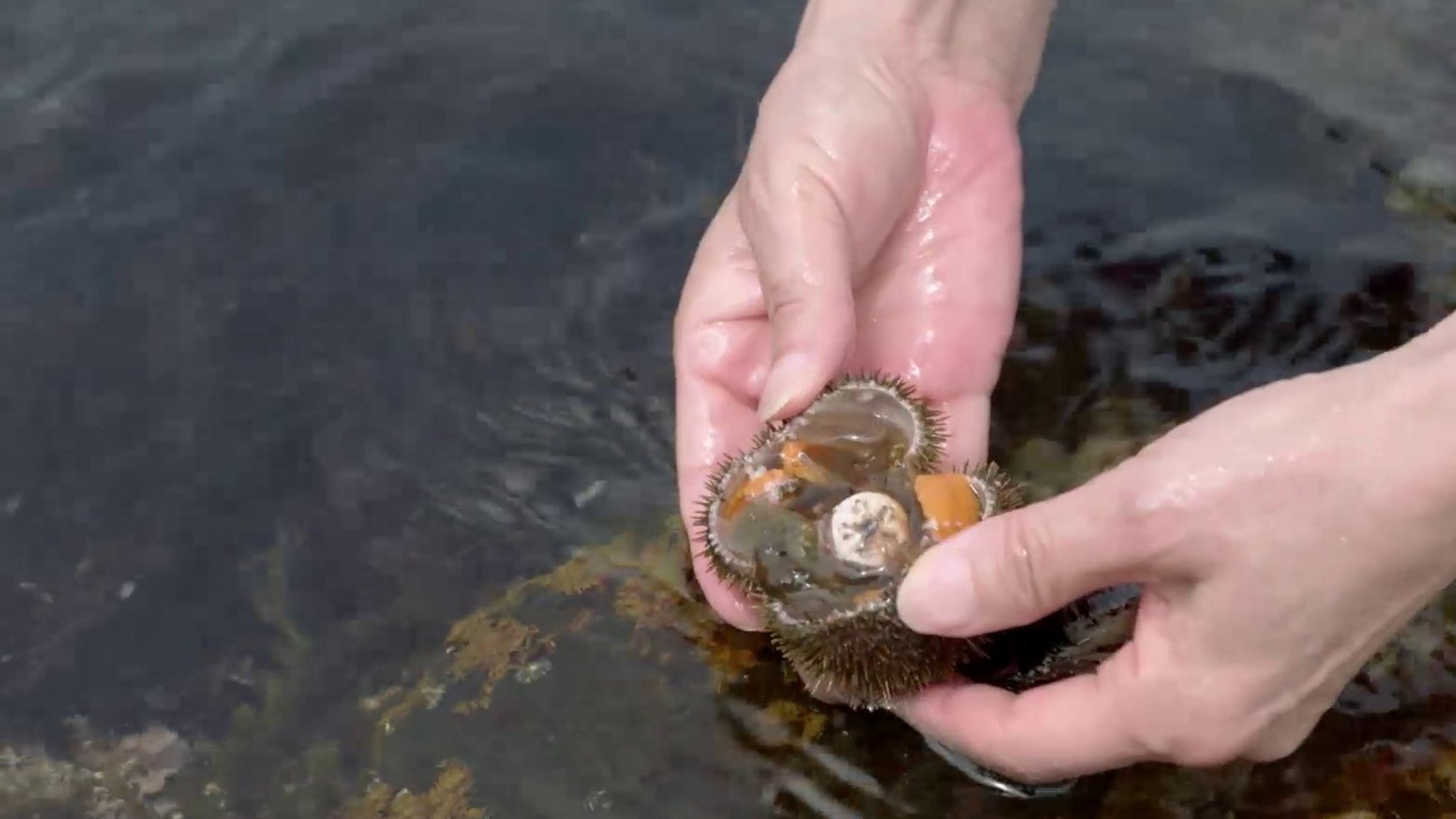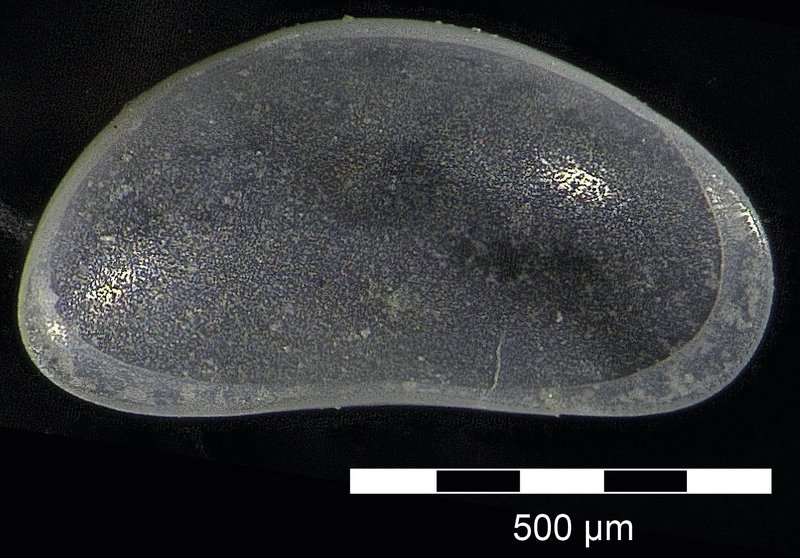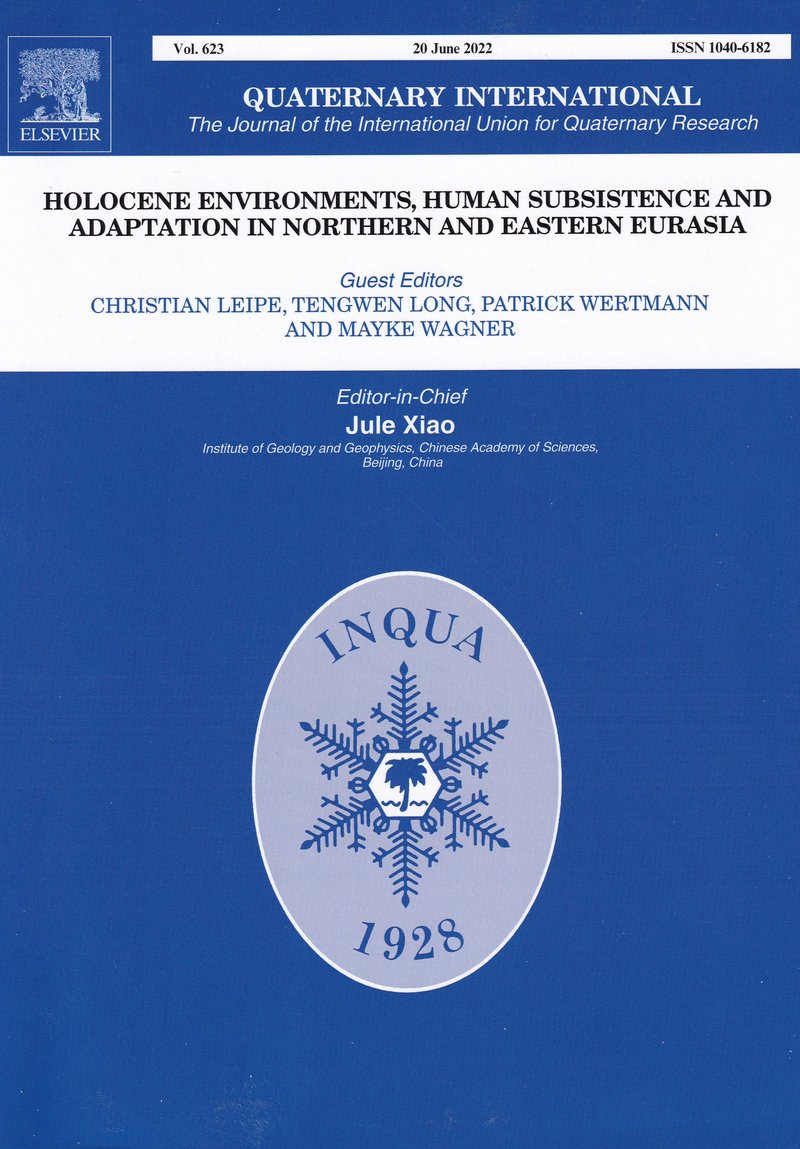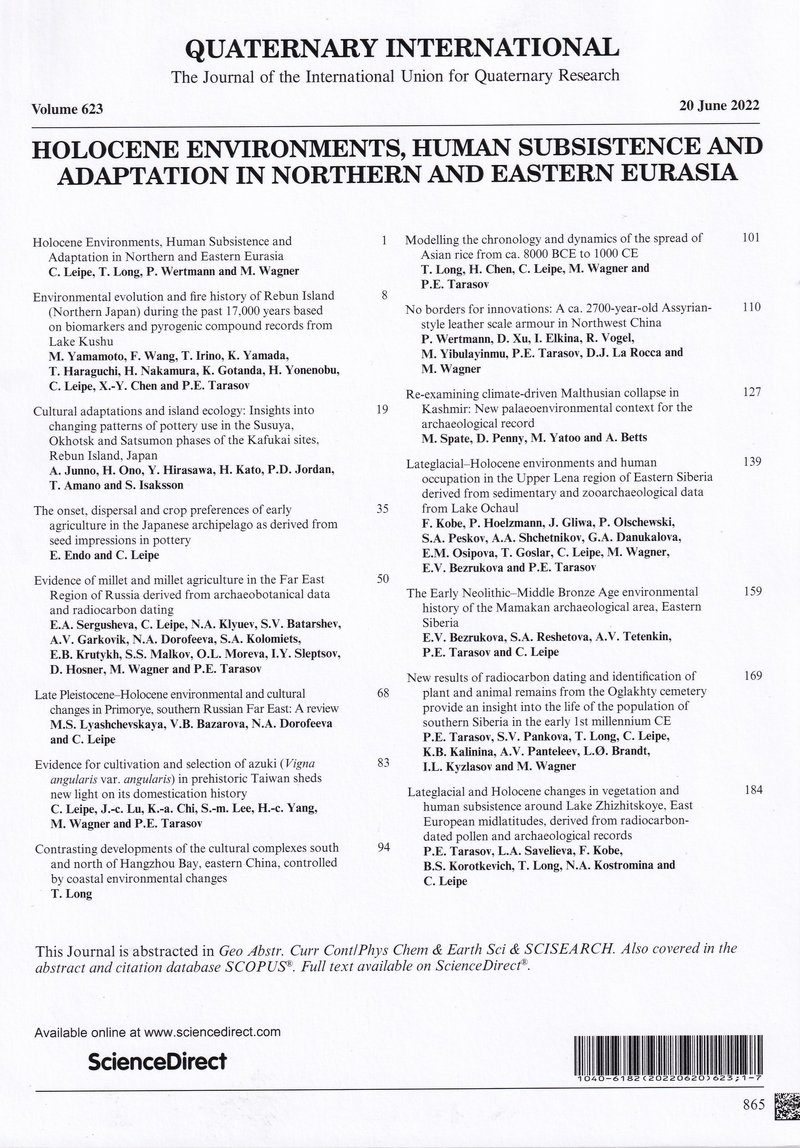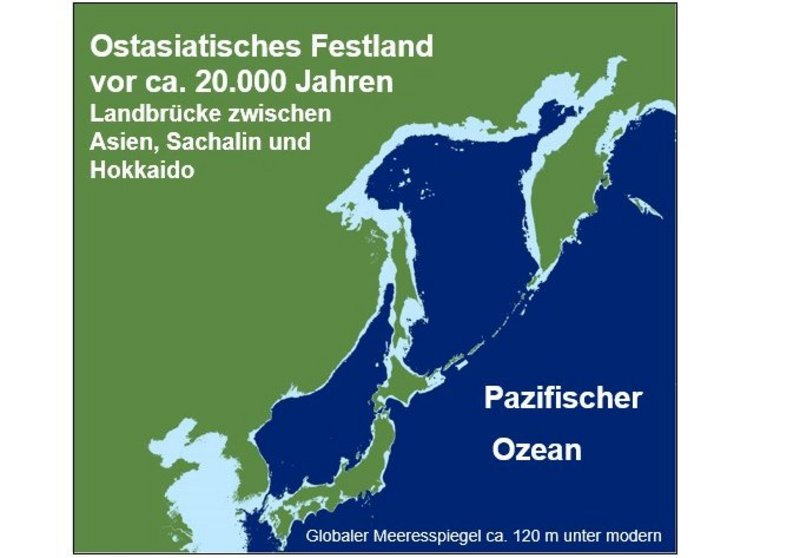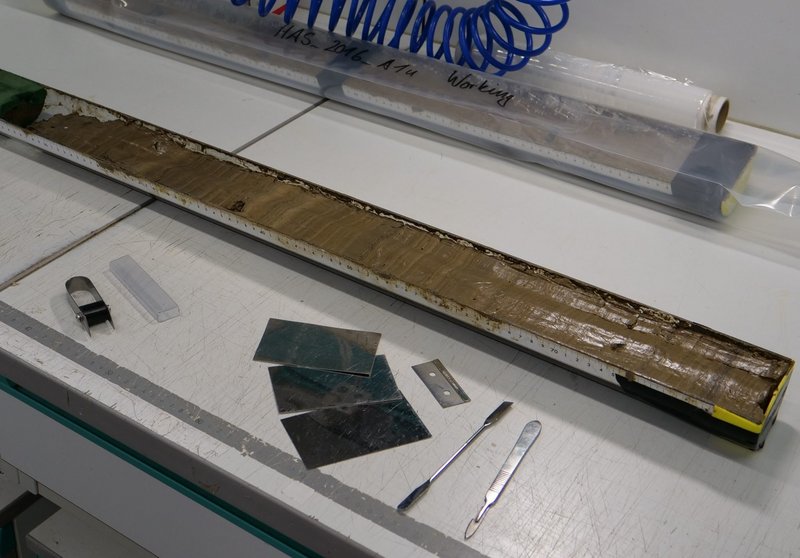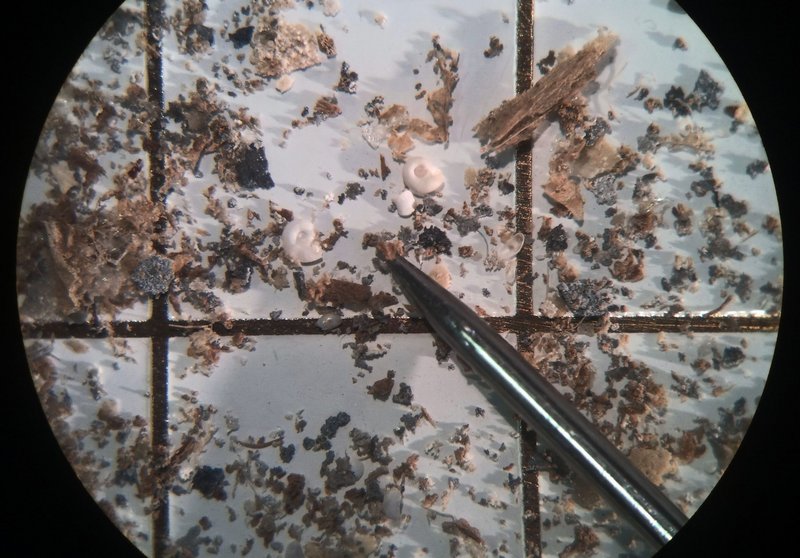Overview
The aim is to collect archaeological and natural scientific chronologically high-resolution and correlatable data from excavations and drill cores at various sites in Northeast Asia, from which the interdependence of changes in climate, flora, fauna and human dietary strategies at certain periods can be reconstructed.
As an introduction to this project, we discussed the topic at the workshop "Archaeology in East Asia: Bridge Building to Natural Sciences" in Berlin from February 11-15, 2020 (Fig. 1) and planned surveys and data collection (see blog entry www.dainst.blog/bridging-eurasia/groundcheck-in-nordostasien-wandel-von-klima-und-ernaehrungskulturen-seit-der-letzten-eiszeit/).
Humans in Holocene environmental change in eastern Eurasia
Like breathing, eating is a vital human connection with plants and animals and with the climate that determines their growth. The targeted selection of food from a local spectrum, as well as the practices and equipment used to harvest and prepare it, are part of the cultural heritage of societies and the core of their identity. We associate "Peking duck", "Bavarian Leberkäs", "sushi" and "tabouleh" not only with energy intake, but also with different ways of life. Humans are reshaping landscapes and influencing the climate in order to feed themselves. Climate change alters the availability of food. This leads to pressure to adapt, in extreme cases to the abandonment of traditional settlement areas and ultimately to changes in the social fabric of a large region, which today have global consequences.
East Asia changed fundamentally with the end of the Ice Age: the sea level rose by around 1.20 meters per year between around 18,000 and 8,000 years ago, separating northern Japan from the Asian mainland, increasing precipitation accumulated in swamps, lakes and rivers and caused forests to grow instead of grasses, the mammoth fauna disappeared, the aquatic fauna and flora expanded, people turned to it and invented the first ceramic vessels for its preparation and preservation between 16,000 and 13,000 years ago. The desiccation of large parts of East Asia since about 5000 years ago set a different kind of dynamic in motion.
More precise species and age determinations of plant and animal remains as well as studies on the seasonality and quantity of climate parameters such as temperature and precipitation for chronologies and characteristics of change in representative regions are the objectives of this project in the Groundcheck cluster. Results were presented in volume 623 of the journal Quaternary International "Holocene Environments, Human Subsistence and Adaptation in Northern and Eastern Eurasia" 2023, which emerged from the 2020 kick-off workshop.
